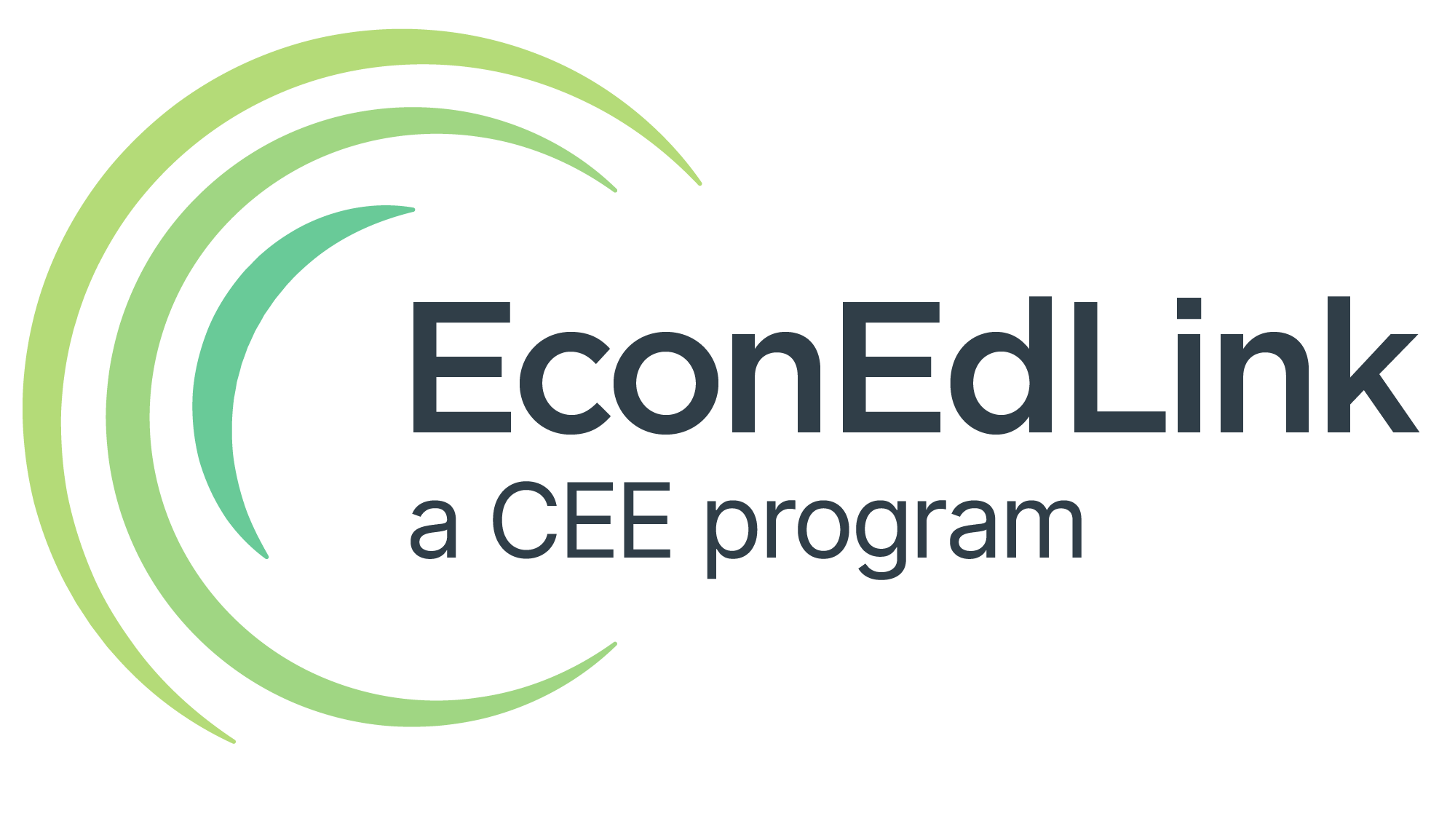
Grades 6-8

Don't have an account yet? Sign up for free
Don't have an account yet? Sign up for free
Students will be able to:

In this personal finance lesson, students will explore the cost of a college education to make more informed choices.
Warm-Up
Ask students if they have thought about what they will do after graduating from high school. Tell them that continuing their education after high school is becoming more important as the workforce continues changing. Ask if they know anyone who has gone to college and why they decided to go. Give students two minutes to create a list of reasons to go to college. Display the Top Ten List of Reasons To Go To College provided on the New York Gear-Up website. Discuss the ten reasons and the ones they wrote down on their paper.
Modeling
Tell students that going to college is much different than going to high school, in most situations. For example, most students in the United States attend public schools in their own district, based on where they live and pay no tuition for their education. In some situations, books and other supplies may be provided for them through tax dollars from their state and local government. In addition, most schools offer a rather general education that all students are required to complete. Remind students that some schools are private where the parents or guardians pay the tuition or special magnet schools focusing on specific fields of study – but these are exceptions for most students.
College or a post-secondary education, however, requires students to choose where they want to go and what they want to study. In return, post-secondary institutions – both public and private – charge students to attend. Going to college or any post-secondary institution varies greatly in prices and opportunities for students. Some may be a four-year school with a broad-based education while others may be a two-year institution with only career-oriented programs such as diesel mechanics, medical records, plumbing, chef’s training, or a multitude of other careers. Colleges and universities tend to focus more on professional programs such as accounting, engineering, teaching, health care, political science, etc. Neither choice is “better” than the other; the important thing is finding the career path that best suits your goals, your preferences, and your skills. It is also important to find the right path that provides future income at an affordable price.
Group Activity
Put students into small groups and distribute copies of The-Cost-of-Going-to-College. Review the directions for completing the assignment. You may need to walk through one example with students to ensure they understand what to do and what the terms mean. After groups have completed the activity, discuss their answers. For your reference:
1-5. Answers will vary for questions, based on the schools selected.
6. Answers may include transportation, clothes, books, computer, fees for extracurricular activities, etc.
7. The cheapest choice using only tuition, fees, room and board is not always best because it may be a long distance from home, not offer majors they want, not offer other opportunities they want, etc.
8. Answers may include extra-curricular activities (for example, students may want to play in the university band or play a certain sport), number of students (too big or too small); location (urban vs rural), acceptance rate (too selective vs open enrollment), etc
9. Answers will vary, but students should notice that tuition tends to be higher at private institutions and out-of-state than in-state, public institutions; however, private institutions or larger institutions may have more scholarship opportunities than others.
10. Answers may vary – but all should agree that the potential benefits of continuing their education after high school is much greater than the costs. However, it is important to remind students that they have choices other than a four-year college or university such as a community college or trade school.
Individual Activity
Tell students the second activity will allow them to focus more on their own personal decisions about a post-secondary education. Remind them the process would be similar if they were exploring trade schools instead of colleges and universities. Distribute copies of Choosing-a-College to each student. Review the directions for the assignment. Tell students they will need to repeat some of the same processes as used in the first assignment but will applying it in a different way. (Note: Depending upon your class, you may want to search online for the best future careers to help them decide on a major.) Answers for this activity will vary, but should generate good class discussion on choosing a college or university.
Have students write three questions they should ask when making choices about a post-secondary education.

Grades 6-8

Grades 9-12

Grades 9-12

Grades K-2, 3-5
